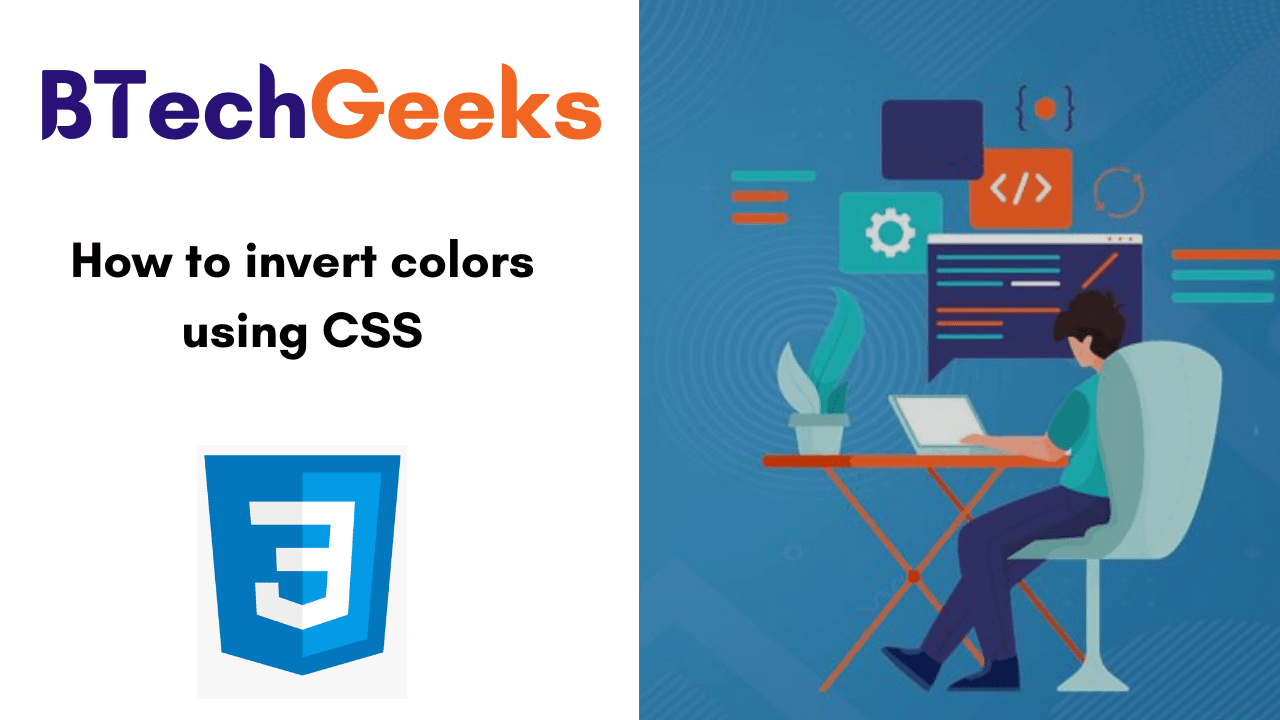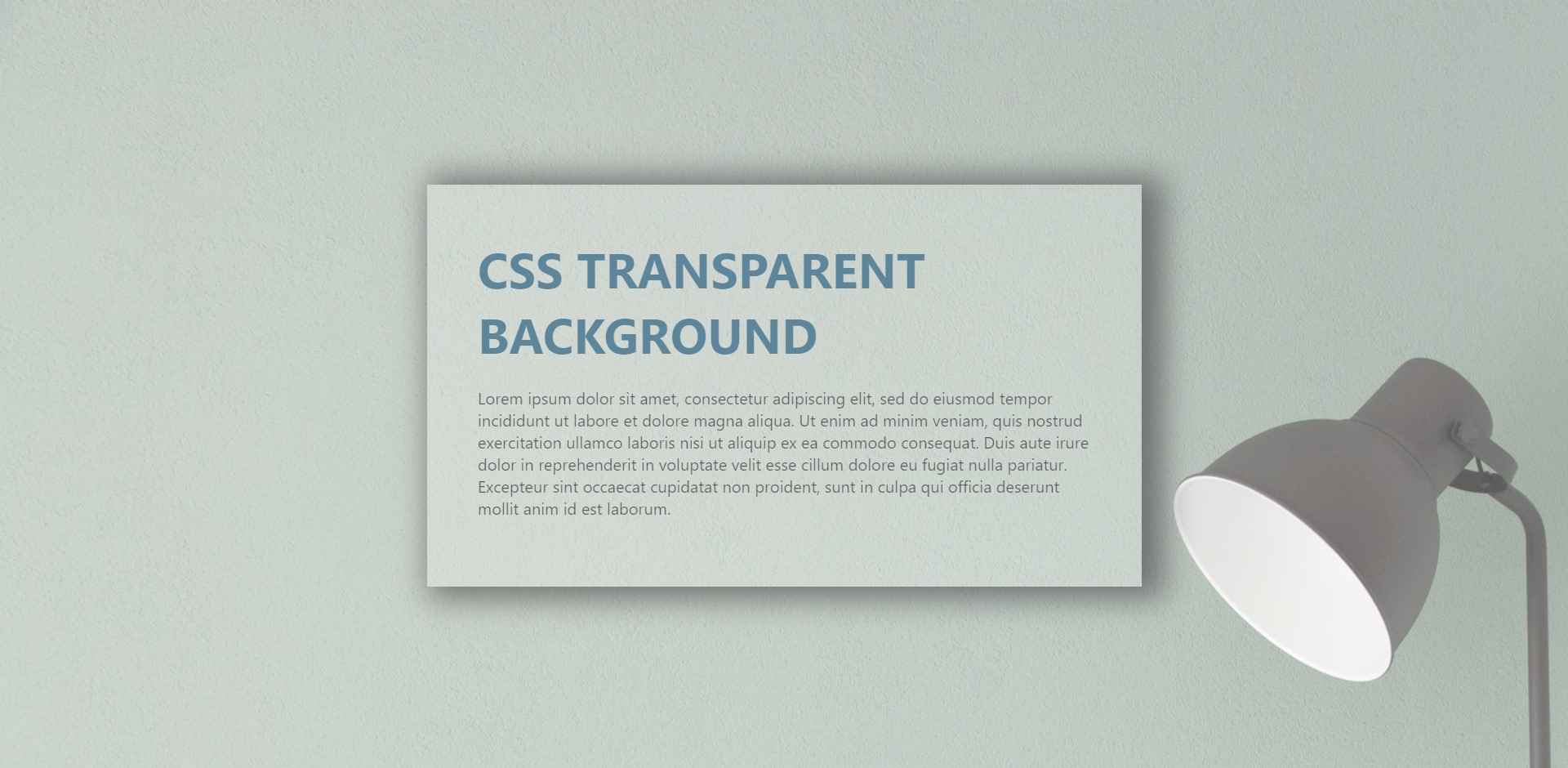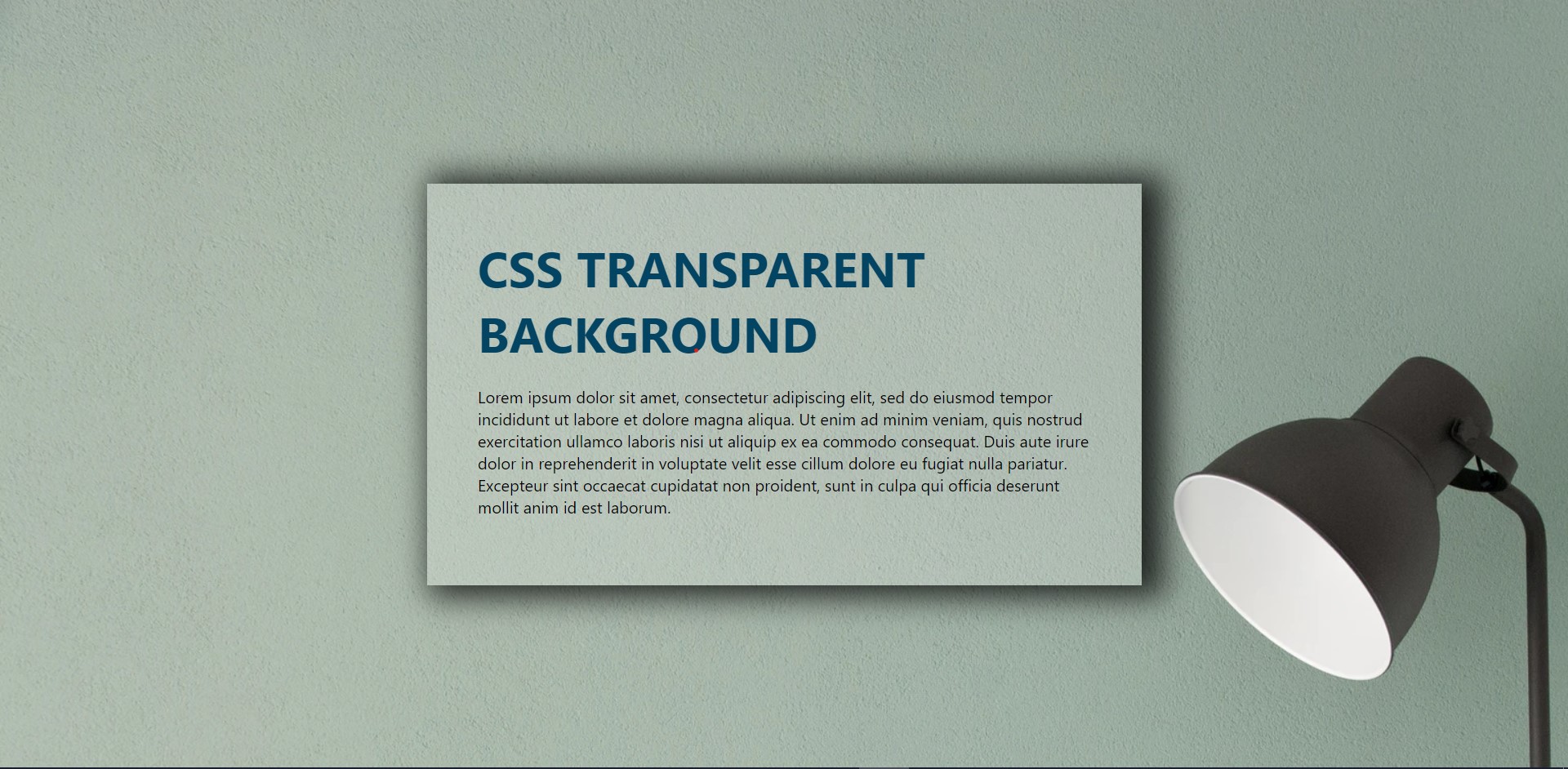Invert colors css: Do you know there is an option to invert the color of every element on a page? The invert()CSS function inverts the color samples in the input image. And its conclusion is a <filter-function>. In this tutorial, you can easily learn How to invert colors of elements and images using CSS? So, stay continued with this tutorial and grasp the concept thoroughly.
- CSS Invert() Function
- Syntax
- Parameter
- Example of CSS Invert Color
- Supported Browsers
- How to Invert Colors Using CSS?
CSS Invert() Function
CSS invert colors: The invert() function in CSS is an inbuilt function that is utilized to implement a filter to the image to produce the invert of the color of the example image.
Syntax:
invert (amount)
Parameter:
Invert color css: This function allows a single parameter amount that holds the amount of conversion. The value of the invert is estimated in the context of value and percentage. The value 0% draws the original image and 100% draws the inverted image.
Theinvert()function inside utilizes the following formula, to computer the inverse of the image:
amount * (255 - value) + (1 - amount) * value
The inversion value is measured by the variable amount, the variable value range lies between 0 – 1(floating) (this is accomplished by converting the passed percentage of color inversion to a value between 0-1). The value is the color value of the pixel. (255-value) provides the color after subtracting the color value with the max pixel value, estimates that the value of the pixel is in the range 0 – 255 (though input image representation space could be stretched /scaled to satisfy the specified criteria).
The following table contains a list of inversion percentages and the result they produce.
| Inversion | Result |
|---|---|
| 0% | Original Image |
| 50% | Image with each pixel having grey color |
| 100% | Completely inverted Image |
Example of CSS Invert Color
CSS invert color: Here, we are changing the color of white to back by using the Invert color in CSS:
div {
width: 100px;
height: 100px;
background-color: white;
-webkit-filter: invert(100%);
filter: invert(100%);
}
Output:

Supported Browsers:
CSS invert image: The browsers supported by the invert() function in CSS are as follows:
- Internet Explorer
- Google Chrome
- Safari
- Firefox
- Opera
How to Invert Colors Using CSS?
CSS invert: There is an issue i.e., I added a “black on white” image on a page, only to realize that with dark mode, my page correctly changes the background to black, but the image remains white on black.
So I added this rule to my CSS to detect dark mode and automatically invert the color of the image:
@media (prefers-color-scheme: dark) {
.my-image {
filter: invert(100%);
}
}
It’s not 100% accurate in my case, because my dark background color is not perfectly black, but it’s better than nothing.
To make things perfect you could also add the image using a CSS background image instead of an img tag in HTML, and I could easily swap that in dark mode.





